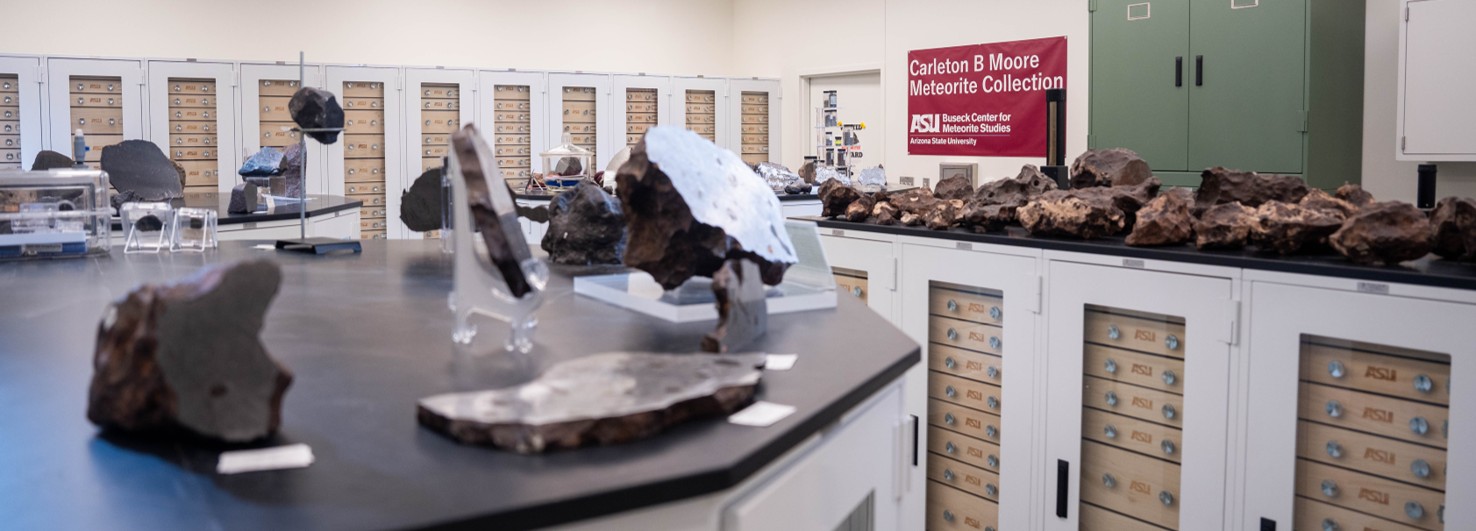
New online meteorite resources for at-home learningCenter affiliated PhD candidates Soumya Ray and Zack Torrano recently produced a new segment for ASU's Ask an Earth and Space Scientist website! Their piece, Meteorites: Space Rocks, covers meteorite origins, types, identification, and much more – all tailored for at-home learning. Ask an Earth and Space Scientist is an educational portal for students, teachers,… |
Nininger Student Travel Award recipientsThe Center for Meteorite Studies and the School of Earth and Space Exploration (SESE) are pleased to announce the winners of the 2020 Nininger Student Travel Award. The goal of this award is to support travel to the annual Lunar and Planetary Science Conference (LPSC) of up to 4 SESE undergraduate and/or graduate students to… |
Online meteorite K-12 resourcesAt home with the kids? Check out our online resources for K-12 at-home learning, and find out why space rocks! Click on the links for more info: Hands-on activities Educator guides Videos and presentations |
Free virtual meeting backgroundsThe Center for Meteorite Studies is pleased to offer 4 new free meteorite-themed virtual backgrounds for all your online meetings – because space rocks! Click the on photos or descriptions to be taken to the download page. Seymchan Pallasites such as Seymchan are believed to form between the silicate mantle, or outer shell, and molten… |